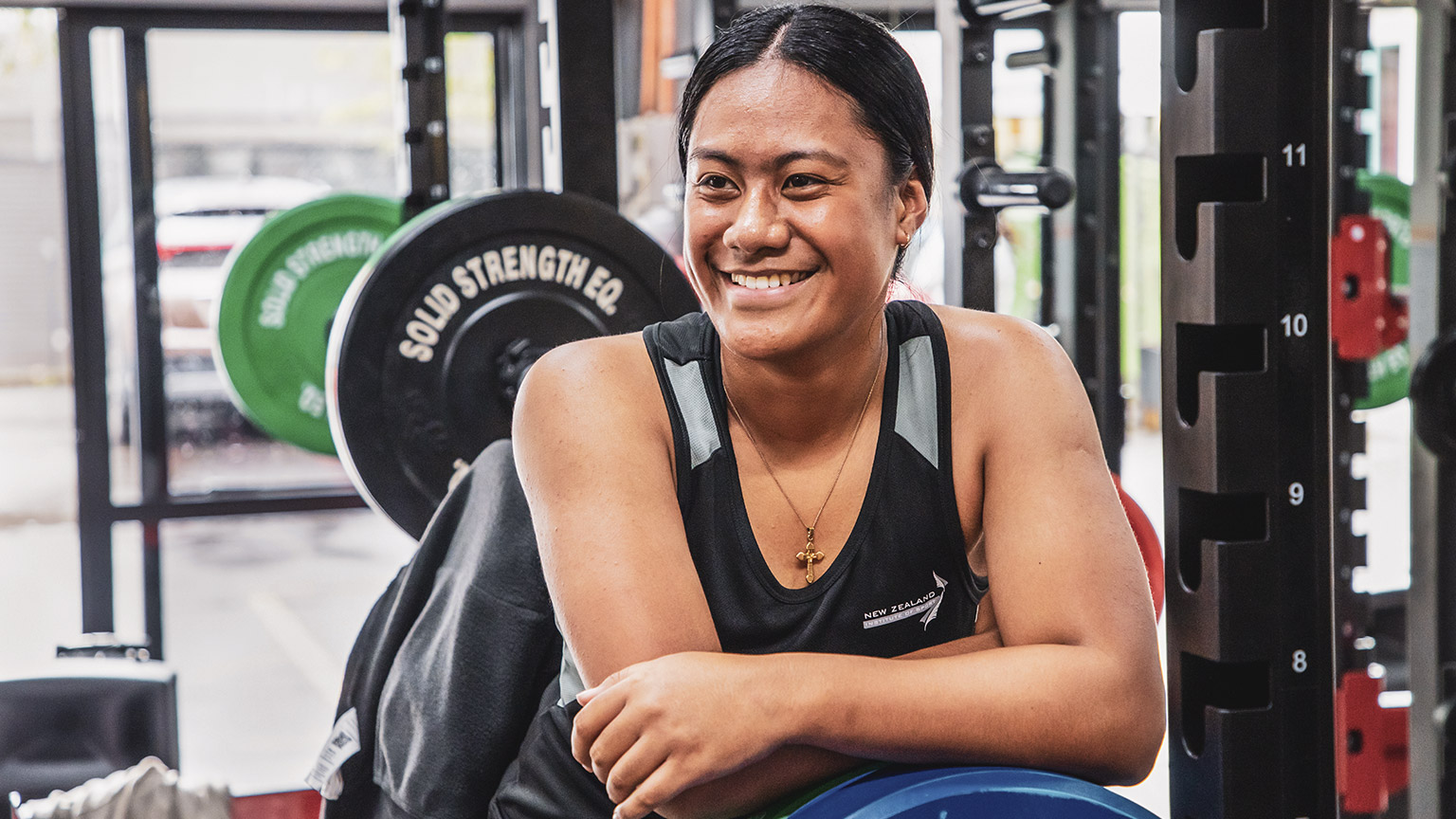Fitness is the ability to make enough energy to meet the demands being placed on the body.
Programming should not be complicated. Fitness training is essentially a matter of replicating the movements and energy systems involved in that sport or physical activity. Fitness training is meticulous and grounded in science, but allows a large degree of creativity.

We have split exercise prescription into 2 parts: Exercise Prescription Part A and Exercise Prescription Part B.
In this first part, you'll learn the fundamentals of exercise prescription, including fitness components, training principles, and exercises. This foundational knowledge is essential for later assessments, and in your future career, where you'll be asked to design and implement programmes for real clients.
The module combines theoretical knowledge with plenty of practical opportunities to embed knowledge.
We’ll cover:
- Fitness components
- Training principles
- Needs analysis
- Resistance training fundamentals
- Warm-up and cool-down
- Exercise equipment
- Exercises: Lower body
- Exercises: Upper body
- Exercises: Core
- Exercises: Stretches
The fine print
This module relates to Graduate Profile Outcomes (GPO):
- GPO 2 Apply knowledge of anatomy and physiology to adapt and deliver safe and effective exercise programmes to individuals.
- GPO 3 Adapt programmes for apparently healthy people and common at risk groups using exercise science and testing.
It supports Learning Outcomes (LO):
- 2.3 Demonstrate the ability to apply knowledge of muscle structure and function when developing safe and effective programmes. This will include safe and effective demonstration of common resistance training techniques and knowledge of the key muscles targeted (5 credits).
- 3.5 Analyse a sport or physical activity with regard to the fitness components used (1 credit).
- 3.7 Identify and describe methods of training, fitness components and related principles (1 credit).
Note
LO 2.3 is assessed in Exercise Prescription Part B.
To ensure a smooth learning experience, we suggest starting this module at specific weeks.
Full-time students
We recommend starting the module in week 3.
- Hours of learning per week: Approximately 37.5 hours
This includes 12.5 hours of self-directed fitness-based practical each week, time for assessments, self-directed study, note-taking, and completing the content on the NZIS online campus. - Milestones: Exercise Needs Analysis Assessment due end of week 5.
Part-time students
We recommend starting the module in week 5.
- Hours of learning per week: Approximately 20 hours
This includes 5 hours of self-directed fitness-based practical each week, time for assessments, self-directed study, note-taking, and completing the content on the NZIS online campus. - Milestones: Exercise Needs Analysis Assessment due end of week 10.
Assessment
There is one assessment for this module.
- Exercise needs analysis
The assessment is open-book and includes 2 tasks. You need to submit the assessment before proceeding to the next module. We recommend downloading the assessment now and working through it as you progress with the module.
You can start the next module before submitting your assessment.
You've built a solid theoretical knowledge base of anatomy and physiology. Now it is time to relate that to the practical world of exercise prescription and personal training. Like other modules, you'll find various things to read, watch, and listen to. But this module, in particular, has a lot of practical activities.
In an online learning environment, there is no tutor to monitor the practical hours you put in or chase you to ensure that you are hitting the gym regularly and practising the techniques you learn online. However, there are tools you can use to ensure you are still accumulating quality practical skills.
Use the forums to get feedback
You are encouraged to video record yourself and self-assess your technique.

Often it can be helpful to have another opinion, so to seek feedback from peers or a tutor, post a reply on the feedback request boards with a link to a video or upload photos. You'll need to be able to create a shareable link to the video, which can be done via Youtube, Vimeo, Google Drive, OneDrive, or social media.
While tutors may check in on the forum, this can be sporadic with the nature of online learning, where people can be studying at anytime. So build your online community. Give and receive feedback from your peers.
Your professional network
This is also an excellent time to start building your professional network. You may already have connections in the health and fitness industry. Ask them for advice and feedback.
Let's check how much you already know about exercise prescription.
Is there an area that you are already feeling confident with? How about a topic you may need to allow for extra study time?
